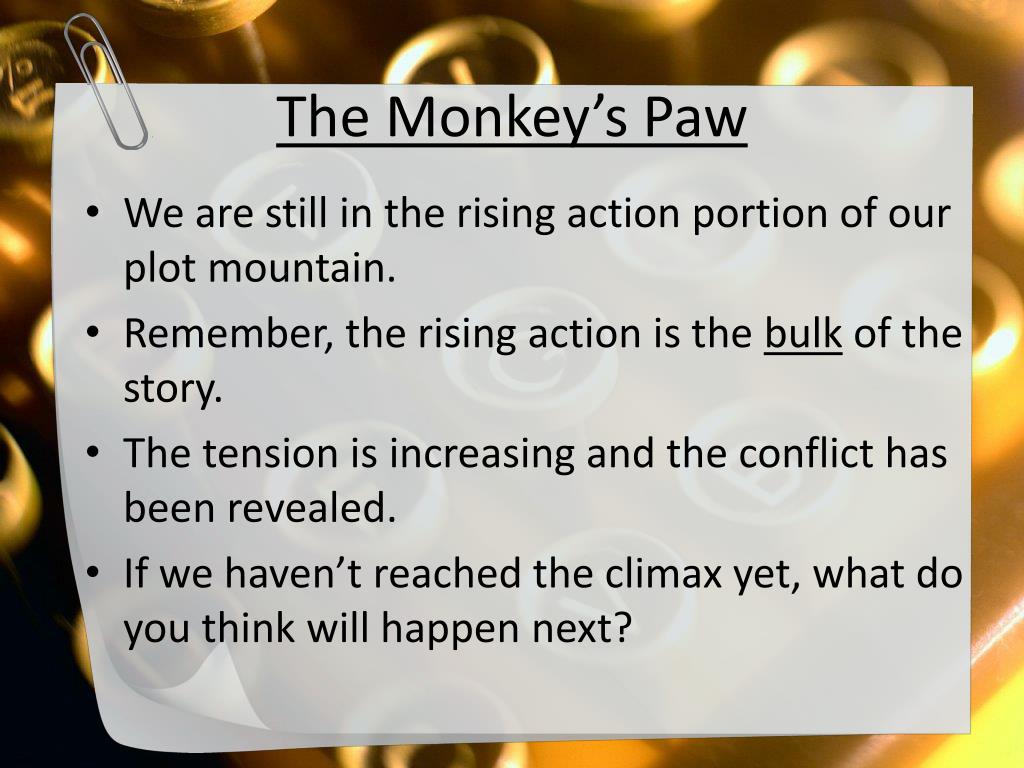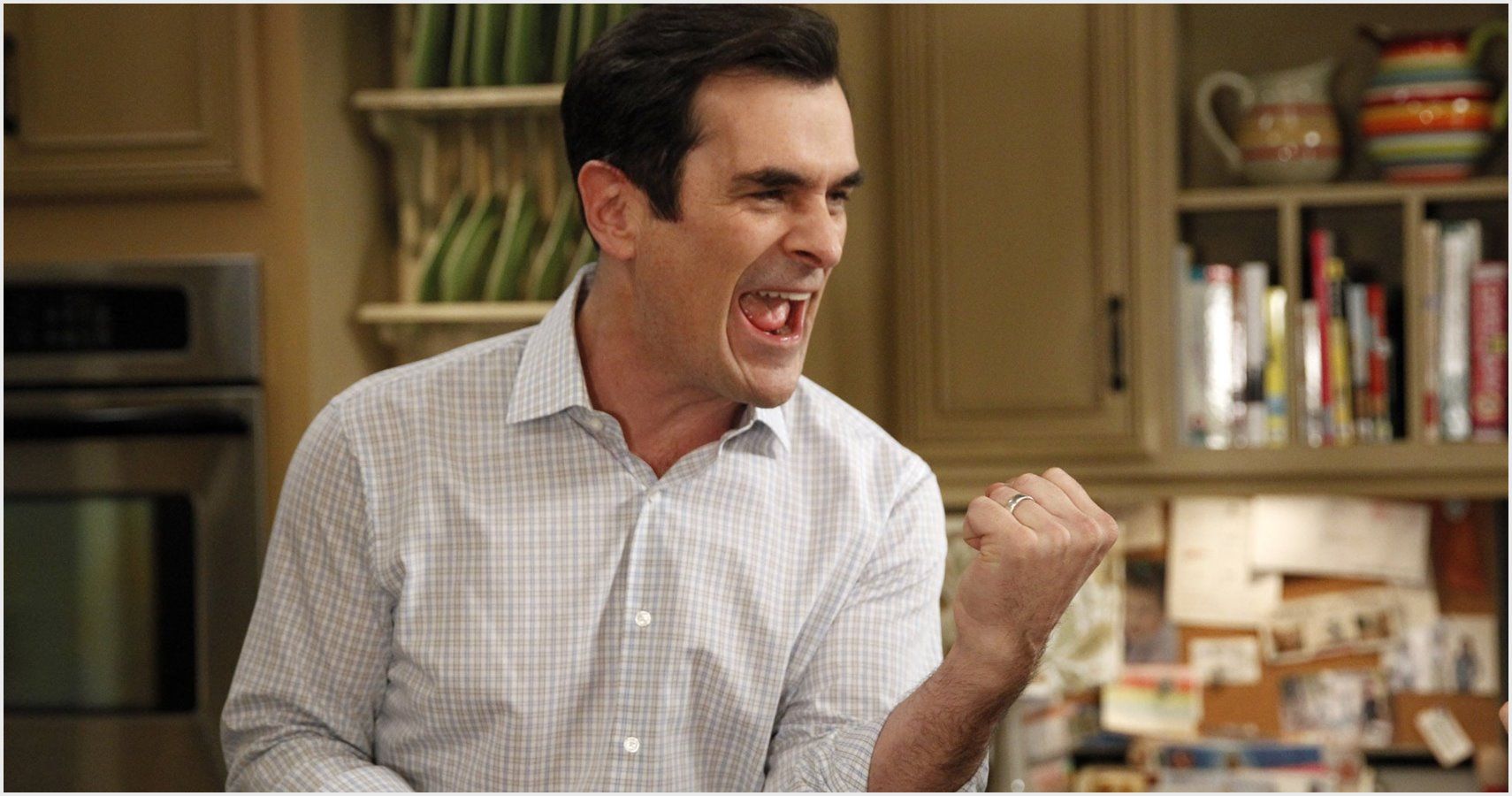The Three Core Components That Determine Your Lifestyle: Environment, Personal Choice, and Habit
Introduction: Understanding What Shapes Our Lives
Every person’s lifestyle is a reflection of daily decisions, circumstances, and routines. But what truly shapes the way we live? Research and expert consensus identify three fundamental components that determine lifestyle: environment , personal choice , and habit [1] . By understanding and actively managing these components, you can create sustainable, meaningful changes tailored to your needs and aspirations.
1. Environment: The Foundation of Lifestyle
Environment refers to the external factors influencing your day-to-day existence. This includes your physical surroundings, community, social support networks, economic resources, and even access to health care and education. Where you live, work, and socialize all impact your opportunities, behaviors, and wellbeing [5] .
Detailed Explanation
Environmental factors can support or hinder healthy choices. For instance, living in a neighborhood with parks, grocery stores offering fresh foods, and opportunities for exercise makes it easier to adopt healthy habits. Conversely, limited access to resources or exposure to unsafe conditions may restrict options and contribute to unhealthy behaviors [5] .
Practical Application Steps
- Evaluate your current surroundings: Are you able to access healthy foods, safe spaces for activity, and quality healthcare?
- If options are limited, consider seeking community resources such as local health centers, public parks, or support groups. Many local governments and non-profits maintain directories-search online for “[your city] community health resources” or contact your local public health department for assistance.
- Explore ways to improve your environment, such as joining community initiatives to make neighborhoods safer or advocating for better local amenities.
Examples and Alternatives
Someone living in an urban area with walkable streets and nearby grocery stores may find it easier to stay active and eat well. In contrast, rural residents might need to plan farther ahead for healthy food options or seek virtual health resources. If you face barriers due to your environment, consider online support groups or digital wellness programs as alternatives.

Source: animalia-life.club
Challenges and Solutions
Changing your physical environment may not always be feasible. In such cases, focus on what’s within your control-like building supportive social networks, seeking out virtual resources, or advocating for changes in your community.
2. Personal Choice: The Power of Decision-Making
Personal choice encompasses the conscious decisions you make every day. These include choices about nutrition, exercise, social interactions, stress management, and more. While genetics and environment play roles, the freedom to choose your actions is a powerful determinant of lifestyle [1] .
Detailed Explanation
Every day presents opportunities for choice: What will you eat for breakfast? Will you take the stairs or the elevator? Personal choice is shaped by values, beliefs, and knowledge, but it’s also influenced by your environment and habits. A key to improving lifestyle is becoming more aware of the decisions you make and intentionally aligning them with your goals.
Practical Application Steps
- Reflect on your daily routines. Which actions do you control? Where are you making choices by default rather than intention?
- Set specific, achievable goals. For example, decide to walk for 20 minutes each day or prepare a healthy lunch three times a week.
- Track your decisions for one week. Notice patterns: Are there triggers that lead to less healthy choices? Awareness is the first step to change.
Examples and Alternatives
Choosing to cook at home instead of eating out is a personal choice that can lead to better nutrition and cost savings. If time is a barrier, try meal prepping in advance or using healthy meal delivery services. If you struggle with motivation, consider enlisting a friend or joining a community group for accountability.

Source: pngall.com
Challenges and Solutions
Sometimes, choices are limited by external factors. In these cases, focus on incremental changes within your sphere of influence. If you cannot access a gym, choose home workouts or walking. When healthy foods are expensive, look for local food banks or community gardens-your local public health department can provide guidance on available resources.
3. Habit: The Engine of Consistency
Habit refers to repeated behaviors that become automatic over time. Habits are the invisible architecture of daily life-once established, they require less effort and willpower. Both positive and negative habits play a significant role in shaping long-term lifestyle outcomes [1] .
Detailed Explanation
Habits form when behaviors are repeated in consistent contexts. For example, brushing your teeth every morning becomes automatic because it’s tied to waking up. The same principle applies to exercise, eating patterns, or even time spent on screens. Positive habits support your goals; negative habits can undermine them.
Practical Application Steps
- Identify one habit you want to build or change. Start small and focus on consistency-like drinking a glass of water each morning or walking after dinner.
- Use cues and rewards: Link the new habit to an existing routine and reward yourself for consistency. For example, listen to your favorite podcast only during your walk.
- Track progress and celebrate milestones. Use a calendar, journal, or app to maintain accountability.
Examples and Alternatives
Establishing a bedtime routine is a powerful way to improve sleep quality. If you struggle to break negative habits (like late-night snacking), replace them with positive alternatives (like herbal tea or reading). When building habits, enlist the support of friends or join online challenges for added accountability.
Challenges and Solutions
Changing habits takes time and persistence. Expect setbacks, but don’t let them derail your progress. If you slip up, analyze what triggered the lapse and adjust your strategy. Consistency is more important than perfection.
Integrating the Components: A Holistic Approach
The most effective lifestyle changes happen when environment, personal choice, and habit work together. For example, if you decide to become more active (personal choice), set up cues in your environment (like placing walking shoes by the door), and repeat the behavior until it becomes a habit, you’re far more likely to succeed [3] .
Barriers can arise from any component. When facing environmental challenges, maximize your personal choices and habit-building strategies. When motivation wanes, adjust your environment or enlist social support.
Step-by-Step Guide to Lifestyle Change
- Assess Your Environment: Identify resources and barriers. Seek community programs, virtual resources, or government services by searching “[your city] wellness programs” or contacting your local health department.
- Clarify Your Choices: Define specific, realistic goals aligned with your values. Write them down and share them with a friend or family member for accountability.
- Build Sustainable Habits: Start small. Use reminders, link new behaviors to existing routines, and reward yourself for progress. Track your consistency and adjust as needed.
- Seek Support: Connect with community groups, online forums, or local organizations. Many cities have wellness coalitions or public health programs-search for these online or through your local government’s website for verified resources.
Key Takeaways
Your lifestyle is shaped by a dynamic interplay of environment, personal choice, and habit. By understanding and optimizing these components, you can initiate sustainable change regardless of your starting point. Resources and support are available-start by exploring your local community, health department, or trusted online wellness organizations for guidance and programs.
References
MORE FROM cheerdeal.com













